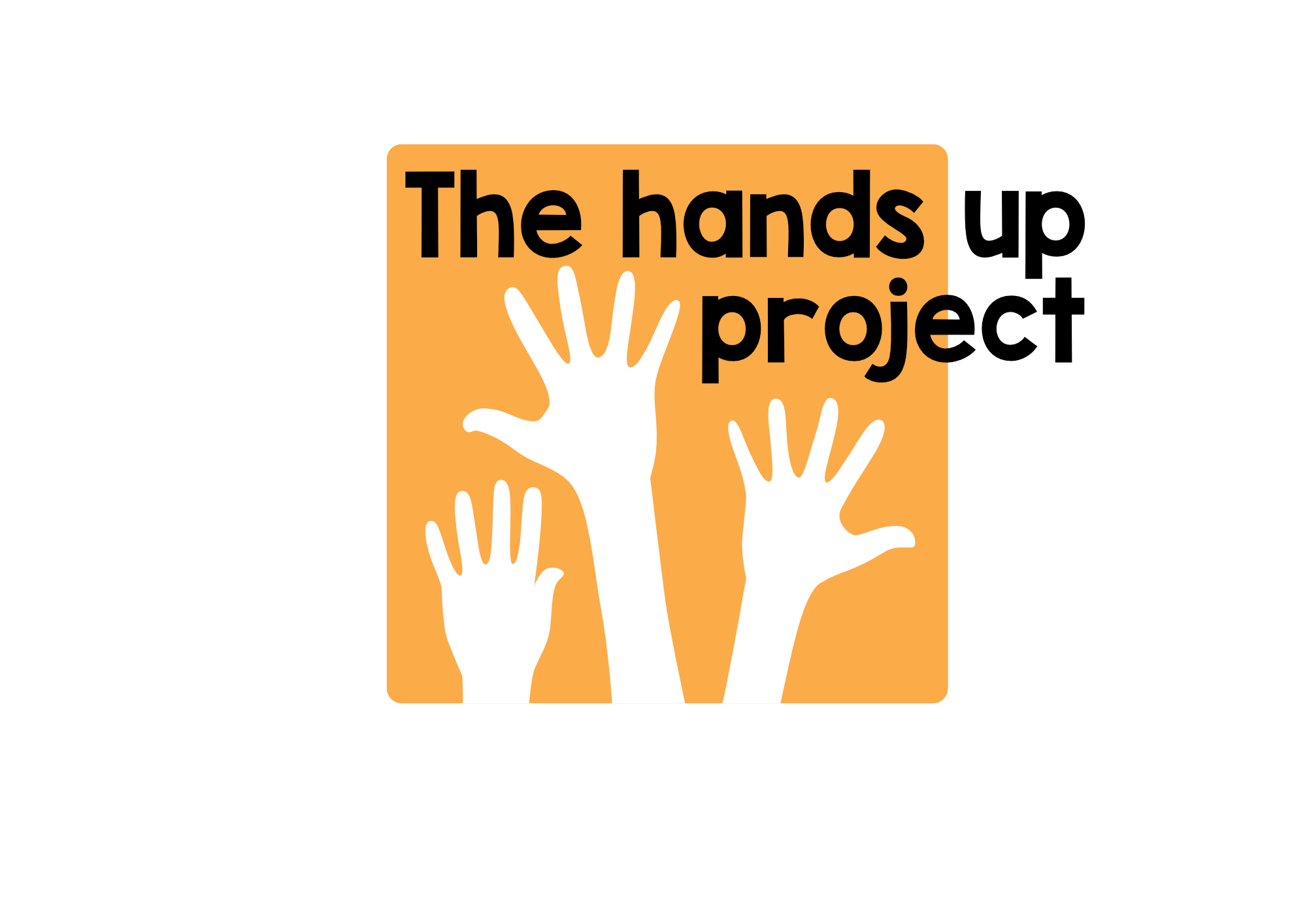Bringing stories to life
The full text of Stories Alive, including the material for all 10 stories as well as detailed teachers' notes is now available at the bottom of the Resources page. If you don't have it already, please feel free to download it, experiment with it, and adapt it for your classes. Most of what I'm doing in my online sessions with kids uses material from here but this week I want to focus on something a bit different.
One area of storytelling that I haven't really looked at so far with these posts is working with picture books. With very young learners especially, I've often felt that if all teachers ever did was tell their kids stories from these books, then something very useful would be going on.
There are some wonderful books out there too - books with very satisfying rhyme and rhythm patterns, books with simple but engaging language, books with amazing visuals. So what are your favourite picture stories for young learners, and what do you do with them? Let's use this space for sharing ideas.
To kick us off here's one of my old favourites, We're going on a Bear Hunt by Michael Rosen with illustrations by Helen Oxenbury. As part of the British Council's wonderful Kids Read programme, I've told this story to children of different ages and levels in Egypt, Jordan, Lebanon, Oman, Pakistan, Palestine and Qatar, and I've often used it with teachers in the same places to demonstrate motivating ways of working with a story book. It was a personal favourite of my own children as they were growing up and my eldest son, who's now 21, remembers it with a lot of nostalgia from his childhood.
There are lots of different versions of it on YouTube including at least one by the author himself. But the version above performed by the girls at Beit Hanoun Elementary co-ed "A" UNRWA school, Gaza is my personal all time favourite. It blew me away when it was performed to me live through zoom a few weeks ago. This is the recording that was made afterwards. I love it for their enthusiasm and commitment, and for the fact that the story is no longer a piece of printed material, but something very much alive.

